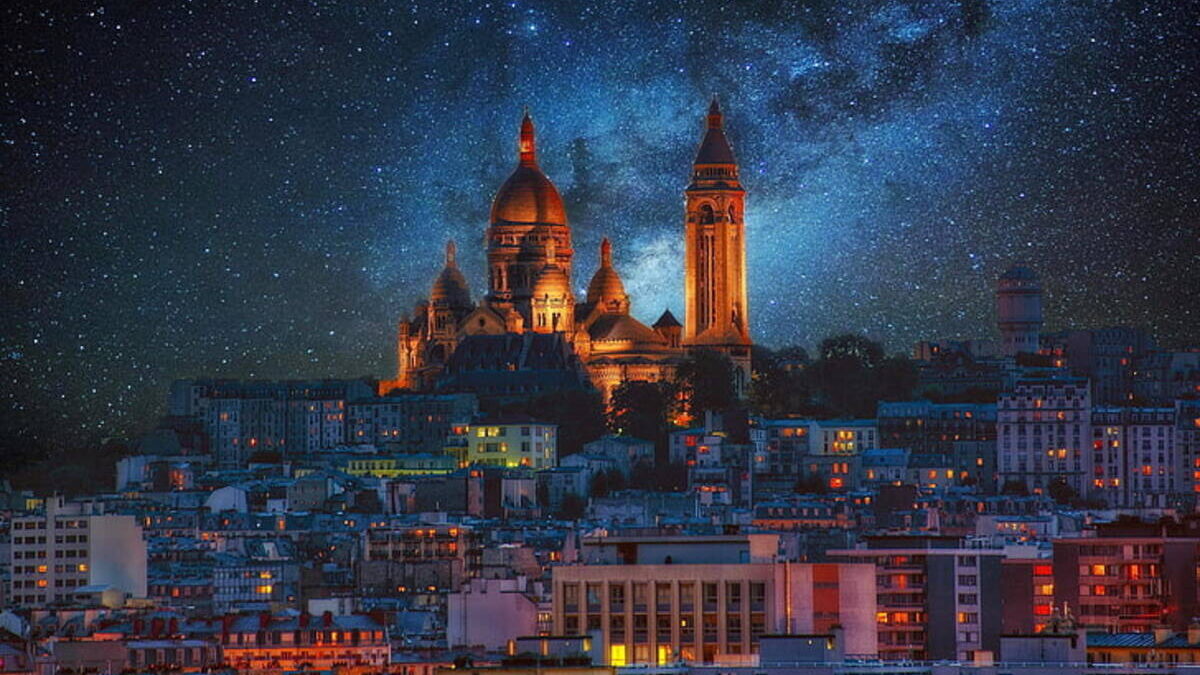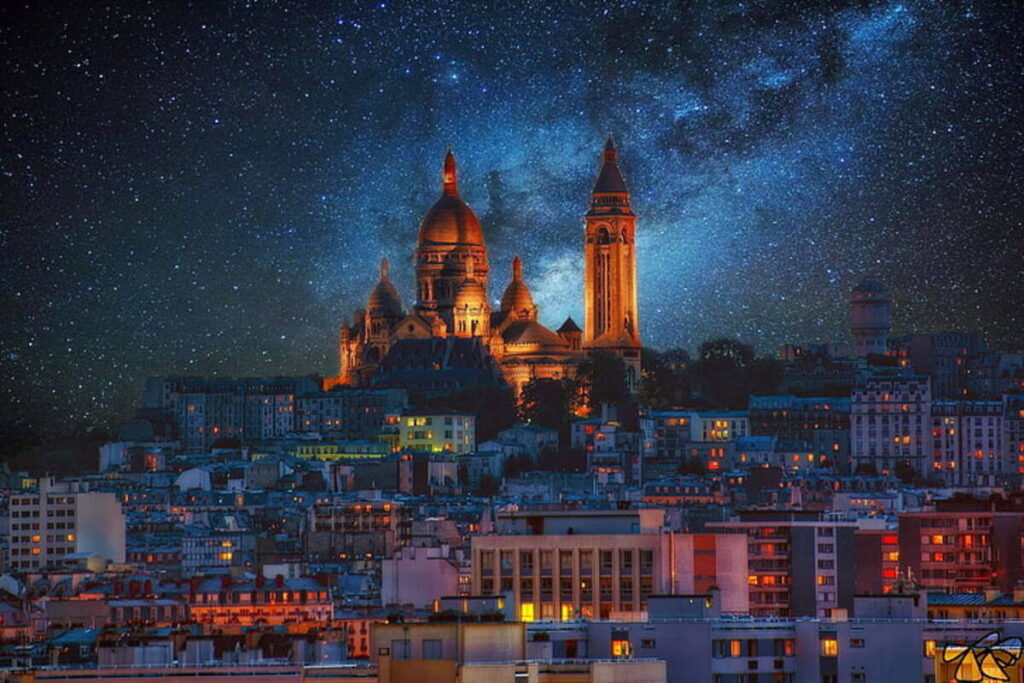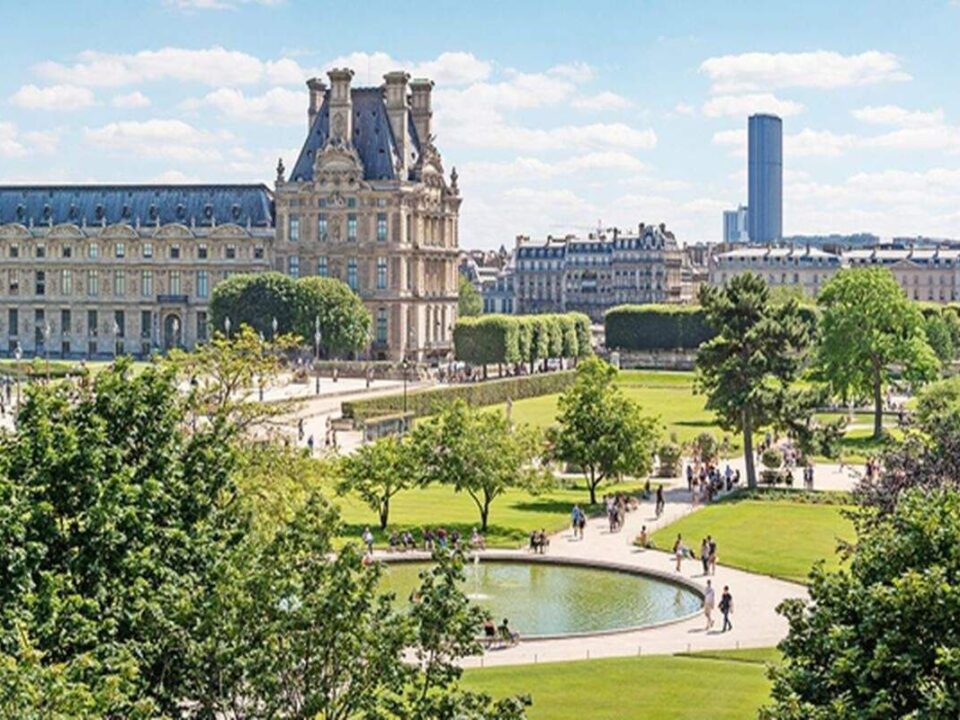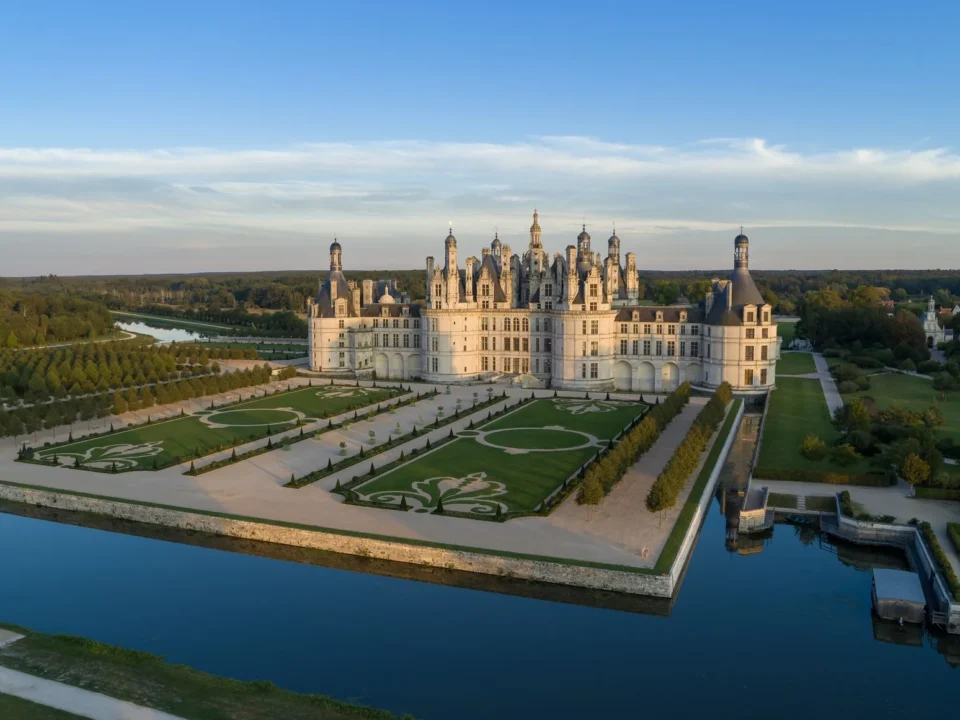Montmartre: Paris’s Artistic and Historic Hilltop

Montmartre: Paris’s Artistic and Historic Hilltop
Montmartre: Paris’s Artistic and Historic Hilltop
Montmartre stands out as a premier Parisian locale that captivates visitors with its artistic legacy, historic sites, and stunning city views. This historic district in the 18th arrondissement of Paris is not only a scenic enclave with its cobbled streets and charming squares but also a significant cultural hub that has attracted artists and writers for decades. In this extensive guide, we explore Montmartre’s rich history, its unique appeal, and the myriad activities that enrich any visit to this quintessential Parisian quarter.

Introduction to Montmartre
Historical Context
Originally a village outside Paris, Montmartre was incorporated into the city in the 19th century. Its name, believed to derive from “Mount of Martyrs,” references the martyrdom of Saint Denis, the Bishop of Paris, around 250 AD. Throughout the 19th and early 20th centuries, Montmartre became synonymous with bohemian Paris, drawing artists such as Picasso, Van Gogh, and Toulouse-Lautrec, who sought inspiration and camaraderie in its lively cabarets and studios.
Geographical Position and Significance
Perched about 130 meters above the city, Montmartre offers some of the most breath-taking panoramas of Paris, dominated by the Sacré-Cœur Basilica, which crowns its summit. The area’s elevated position and its iconic white-domed Basilica make it a prominent landmark visible from many parts of Paris.
What Makes Montmartre Special?
Cultural and Artistic Heritage
Montmartre’s allure is deeply rooted in its artistic heritage. The neighborhood was the epicenter of the modern art movement at the turn of the 20th century, where artists pioneered revolutionary styles and movements in modest, often shared, studios known as “bateaux-lavoirs.”
Natural and Visual Appeal
The district’s steep, winding streets lined with ivy-covered buildings, and the vineyard on Rue Saint-Vincent, the only remaining vineyard in Paris, contribute to its village-like charm that contrasts sharply with the bustling city below.
Suggested Activities
Explore Artistic Sites
- Visit the Sacré-Cœur Basilica: Aside from its religious significance, it offers spectacular views of Paris from its dome.
- Espace Dalí: This museum is dedicated to the works of Salvador Dalí, featuring a comprehensive collection of his sculptures and paintings.
- Le Bateau-Lavoir: Discover the historic art studio where Picasso and other famous artists lived and worked.
Experience Local Culture
- Place du Tertre: This square is bustling with portrait artists and caricaturists. Getting a personalized sketch here is a memorable experience for many visitors.
- Montmartre Vineyard: Tours of this historic vineyard offer insight into the winemaking process and tastings of local wines.
Enjoy Entertainment
- Moulin Rouge: The birthplace of the modern can-can dance, Moulin Rouge offers world-renowned dinner and show experiences.
- Au Lapin Agile: Another historic spot, this cabaret has been a favorite among artists and writers since the early 1900s.
Travel Tips for Montmartre
Best Time to Visit
Spring (April to June) and fall (September to November) are ideal as the weather is pleasant, and the crowds are smaller than in peak summer.
Getting There
The Montmartre area is well-connected by the Paris Metro, with stations like Abbesses, Anvers, and Blanche being the most convenient. The Montmartre funicular or buses can take you up the hill, saving you from a strenuous climb.
Costs and Amenities
There are no entrance fees to wander around Montmartre itself, including most of its streets and squares. Some specific attractions, like the Sacré-Cœur dome and the Espace Dalí, have admission charges. Montmartre is replete with quaint cafes, bistros, and shops, enhancing any visitor’s experience.
Nearby Attractions
Grevin Wax Museum
Located at the foot of the hill, this museum features wax figures of famous personalities and offers an interesting diversion from the historic and artistic focus of Montmartre.
Les Puces de Saint-Ouen
The world’s largest antique market is just a short metro ride away, offering a treasure trove of vintage and antique items every weekend.
The Louvre and Palais Garnier
These iconic Parisian landmarks are within easy reach by public transport and offer a continuation of artistic and cultural exploration.
Cultural and Local Insights
Montmartre’s local culture is characterized by its laid-back, bohemian atmosphere. Learning a few French phrases will help you engage more deeply with the residents. Cafes in Montmartre are perfect spots to experience Parisian cafe culture; sit down for a coffee and watch the world go by, just as the artists once did.
Conclusion
Montmartre is more than just a tourist destination; it’s a vibrant community with deep artistic roots and a breathtaking historical backdrop. Whether you’re exploring its museums, enjoying a live cabaret show, or simply soaking in the views from Sacré-Cœur, Montmartre offers a distinctly Parisian experience that embodies the romance and charm of the city. Visitors leave with not just photographs, but with the spirit of Paris ingrained in their memories.



